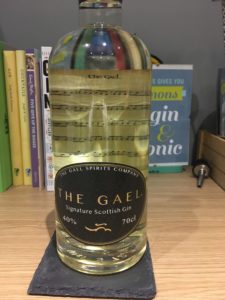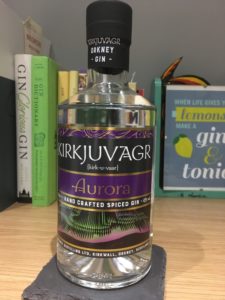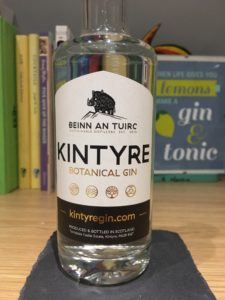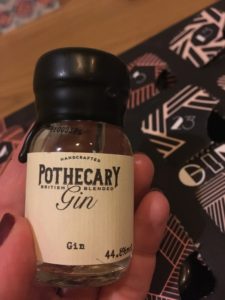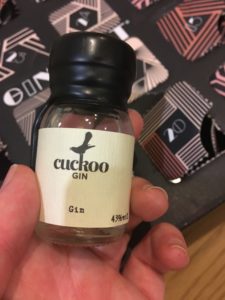Note: The team at the Ice & Fire Distillery kindly sent me a sample to try, but as always I’ll let you know what I think.
 When you hear Ice and Fire, I don’t blame you for thinking about that little show Game of Thrones. But in this case, I’m referring to the Ice & Fire Distillery, a family of Crofters from the Scottish Highlands. Making the most of the beautiful land, they use local water and use purple heather as their signature ingredient in the Crofters Tears gin (review to come). The heather carries through to their branding, their bottles are surrounded by heather and embossed with a highland stag. The Caithness Highland gin that we try today uses rhubarb – a staple in a traditional crofting garden – along with salmonberries. No, not the fish, they are similar to raspberries and so called as traditionally they were eaten with salmon or salmon roe. They combine these with their other botanicals (lots of which are home grown) and put them in their pot stills in the shed, before hand bottling and labelling them.
When you hear Ice and Fire, I don’t blame you for thinking about that little show Game of Thrones. But in this case, I’m referring to the Ice & Fire Distillery, a family of Crofters from the Scottish Highlands. Making the most of the beautiful land, they use local water and use purple heather as their signature ingredient in the Crofters Tears gin (review to come). The heather carries through to their branding, their bottles are surrounded by heather and embossed with a highland stag. The Caithness Highland gin that we try today uses rhubarb – a staple in a traditional crofting garden – along with salmonberries. No, not the fish, they are similar to raspberries and so called as traditionally they were eaten with salmon or salmon roe. They combine these with their other botanicals (lots of which are home grown) and put them in their pot stills in the shed, before hand bottling and labelling them.
